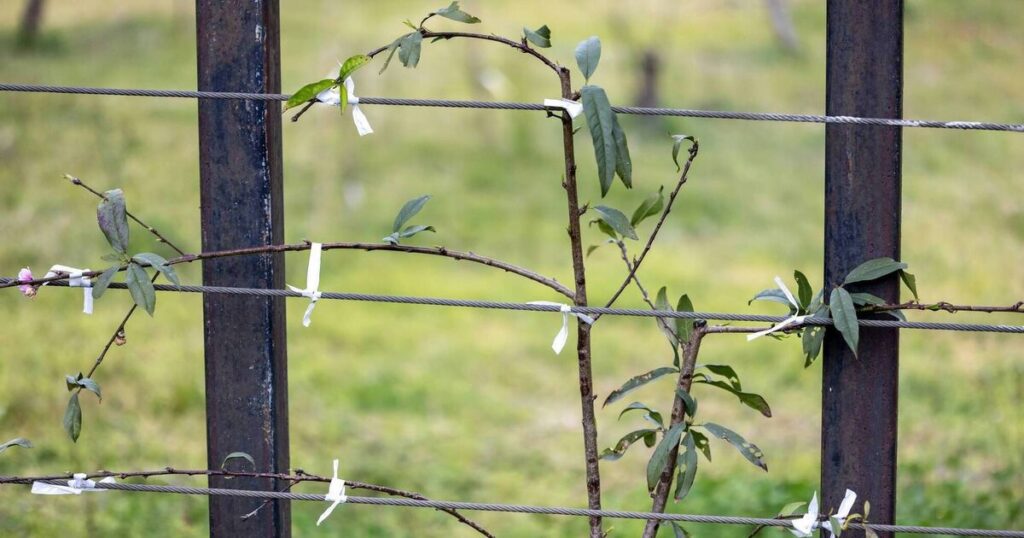Farmers are reminded that hedgerow removal is strictly regulated. Exceptions are limited to farmyard expansion, widening access for larger machinery, or issues of road or farm safety. Critically, only the minimum length of hedgerow necessary can be removed.
Regarding road safety, removal is only permissible where the Local Authority, National Roads Authority, or Gardaí identify an unacceptable level of risk (e.g., a laneway too narrow for modern machinery or commercial vehicles).
For farm safety, a hedgerow on land with a gradient exceeding 15% in arable land or 20% in grassland (as indicated on the BISS map layer) can be removed if it poses an unacceptable risk (e.g., ploughing for the first time on steep terrain).
Mícheál Kelly, a scheme support specialist with Teagasc, recently highlighted that hedgerows have been designated landscape features since 2009. Consequently, beneficiaries of CAP payments (like BISS) are obligated to retain them.
While GAEC 2 is often discussed, it’s GAEC 8 that specifically addresses the retention and maintenance of non-productive features, including hedges, to enhance biodiversity on farms. GAEC stands for Good Agricultural and Environmental Condition, outlining the requirements for EU farm income support.
Hedgerows are crucial for biodiversity, serving as essential habitats and corridors for numerous species, supporting a diverse range of plant and animal life.
A hedgerow is defined as a line of shrubs and/or trees maintained as a barrier for controlling animals or defining land boundaries. It can range from a dense barrier to individual trees. A hedgerow is still considered a hedgerow even if it is gappy, with at least 20% of hedgerow species (including briars, gorse, etc.) dispersed along its length.
Briars on earthen banks are also protected as landscape features. Many earthen banks are registered as national monuments, granting them the same protection as hedgerows.
Even when hedgerow removal is allowed under exceptional circumstances, specific conditions apply. Removal is prohibited between March 1 and August 31.
Furthermore, before removing any hedgerow, it must be replaced with twice the length of the original feature in the same vicinity. This replacement must be like-for-like: a hedge can only replace a hedge. For example, if 10m of hedgerow is removed, 20m of new hedgerow must be planted before the removal occurs.
The replacement hedgerow cannot be funded through agri-environment schemes such as ACRES or the Eco-Scheme. It must consist of traditional local species and cannot include amenity species like laurel or conifers.
Ideally, newly planted hedgerows should connect with existing hedgerows or woodlands. Planting a hedgerow or line of trees in front of or alongside another hedgerow, planting a line of trees, or planting a grove of trees does not fulfill the replacement requirement. Planting within the curtilage of a dwelling house is also prohibited.
In designated areas (Special Area of Conservation, Special Protection Area, or National Heritage Area), any hedgerow removal requires prior approval from the National Parks and Wildlife Service.
As field boundaries, hedgerows are also protected by Environmental Impact Assessment (EIA) regulations, even without a BISS application. Landowners must apply for screening if they intend to remove any field boundary exceeding 500m in length, or if the removal of any field boundary would create a field larger than five hectares, whichever is less. These thresholds are cumulative over any five-year period.
EIA assessment is also mandatory for works proposed within (or potentially affecting) a proposed NHA or a nature reserve, or if the proposed works may significantly impact the environment.


